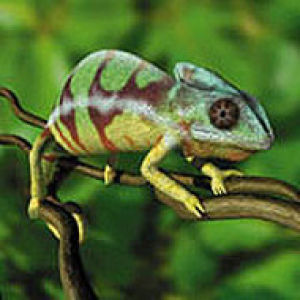NHM: Wildlife Garden Hoverfly
Hmph, never have I seen the wildlife garden looking so dead! The flowers were gone (mostly), the moorhens and insects were gone (/hiding), the sheep were gone (*sob*). It was looking very green, but there was little moving and few other colours on show.
Oh well, I wandered around for about half an hour looking for movement, but mostly saw only those tiny little flies floating in the air above and amongst the foliage. I also saw bees, but they were emerging from the back of their hivetree and disappearing into the out-of-bounds bit of the garden so I couldn't get close. I saw two fruit flies which I photographed, and then this hoverfly which was a relief! I had fun with the macro lens; I'm not sure whether the pretty pattern on its compound eyes will show up in this wider shot.
This angle shows quite a few of the most obvious features that mark them out from bees and wasps (hymenopterans, for which they're often mistaken): they have club-shaped antennae with aristae (an arista is a bristle emerging from the third segment of the antenna), their mouthparts are adapted for sucking with a fleshy pad on the end (actually extended and sucking here!), and they have only a single pair of fully-formed wings (hoverflies are dipteran flies, so their fore-wings look like normal wings while the second pair are reduced to small lollipop-shaped "halteres" which act as stabilising devices in the air, and also have a sensory function much like gyroscopes in a plane). The right haltere is out of focus here, but is visible as a brighter yellow dot above the mid-point of the femur of its third right leg.
The "waspish" colouration of these flies is a form of Batesian mimicry: they are harmless ("unprotected") , but have evolved to look like potentially harmful ("protected") wasps and bees as it confers protection on them by mis-recognition. Bees and wasps have stings which are a protective feature, and their colours label them as armed and dangerous; hoverflies are unprotected (they have no sting), and yet animals may mistake them for protected species and so avoid them (much as we may misidentify them as hymenopterans and fear them). Many animals will recognise the pattern of yellow and black as dangerous, and so not even get close enough to discern whether they're harmful or not...
I also saw an absolutely immaculate Aston Martin DB5 parked next to the museum; I'm not mad about cars generally, but that was a beautiful thing to see.

Comments
Sign in or get an account to comment.


